Secondary plant substances
Secondary plant compounds - they are found exclusively in plant foods. Although they are not necessarily essential to life, they usually have health-supporting talents. They are also known under the umbrella term "health-promoting substances". Secondary plant compounds sometimes have very similar properties to vitamins. Secondary plant compounds are colouring, scenting and flavouring substances in plants. Among other things, they have functions such as attracting insects and repelling pests. Secondary plant compounds are found in fruits and vegetables, legumes, nuts and whole grain products. Up to now, about 30,000 different secondary plant compounds with different talents or areas of application are known. Important representatives are e.g. carotenoids, glucosinolates, phytosterols and flavonoids. The individual representatives of the secondary plant compounds are as diverse as their possibilities.
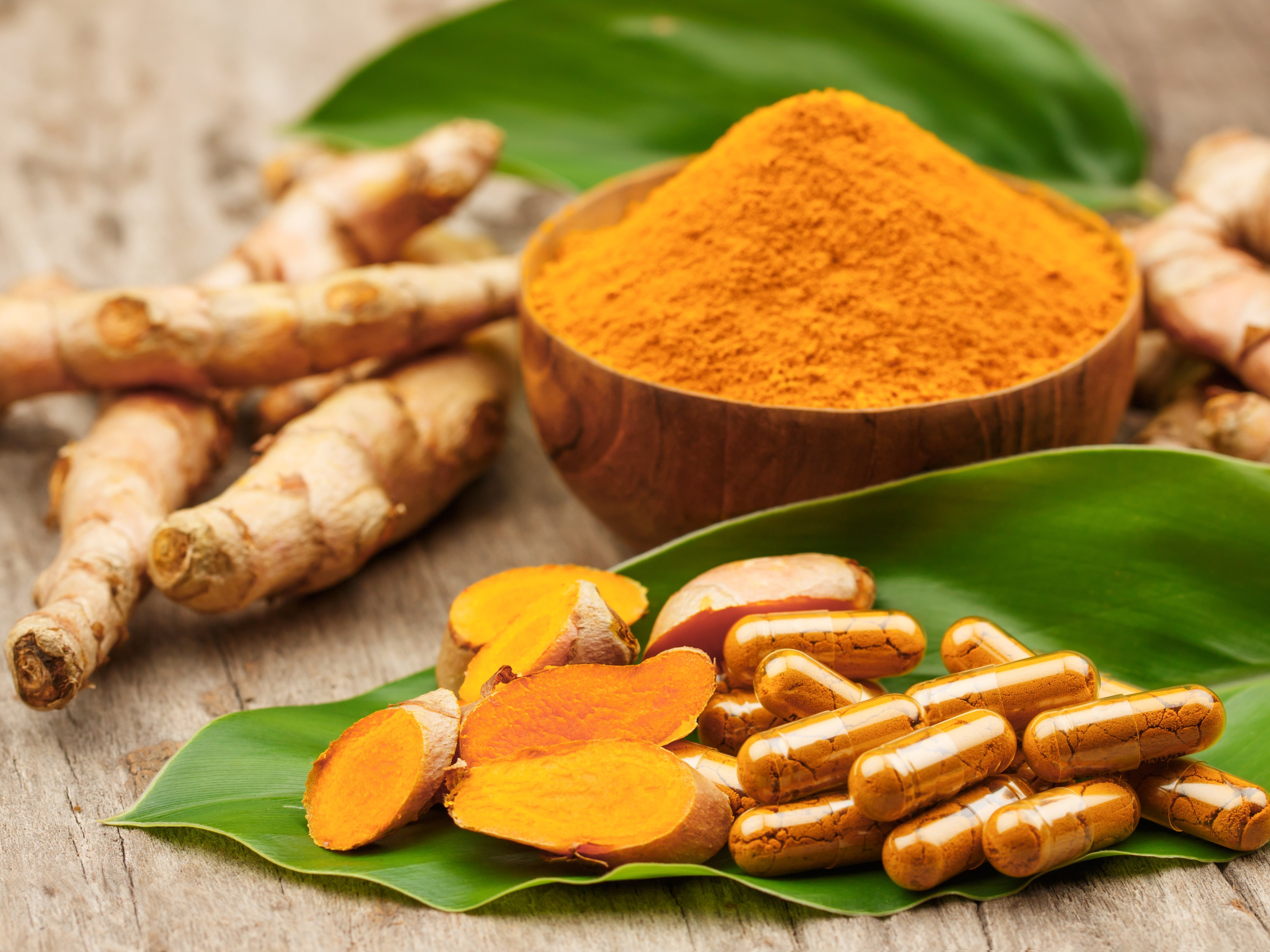
In India and Southeast Asia, turmeric has been used therapeutically in traditional Chinese and Indian medicine for over 4000 years. The wide range of different galenic formulations and the often low bioavailability are repeatedly criticized. Read more here.
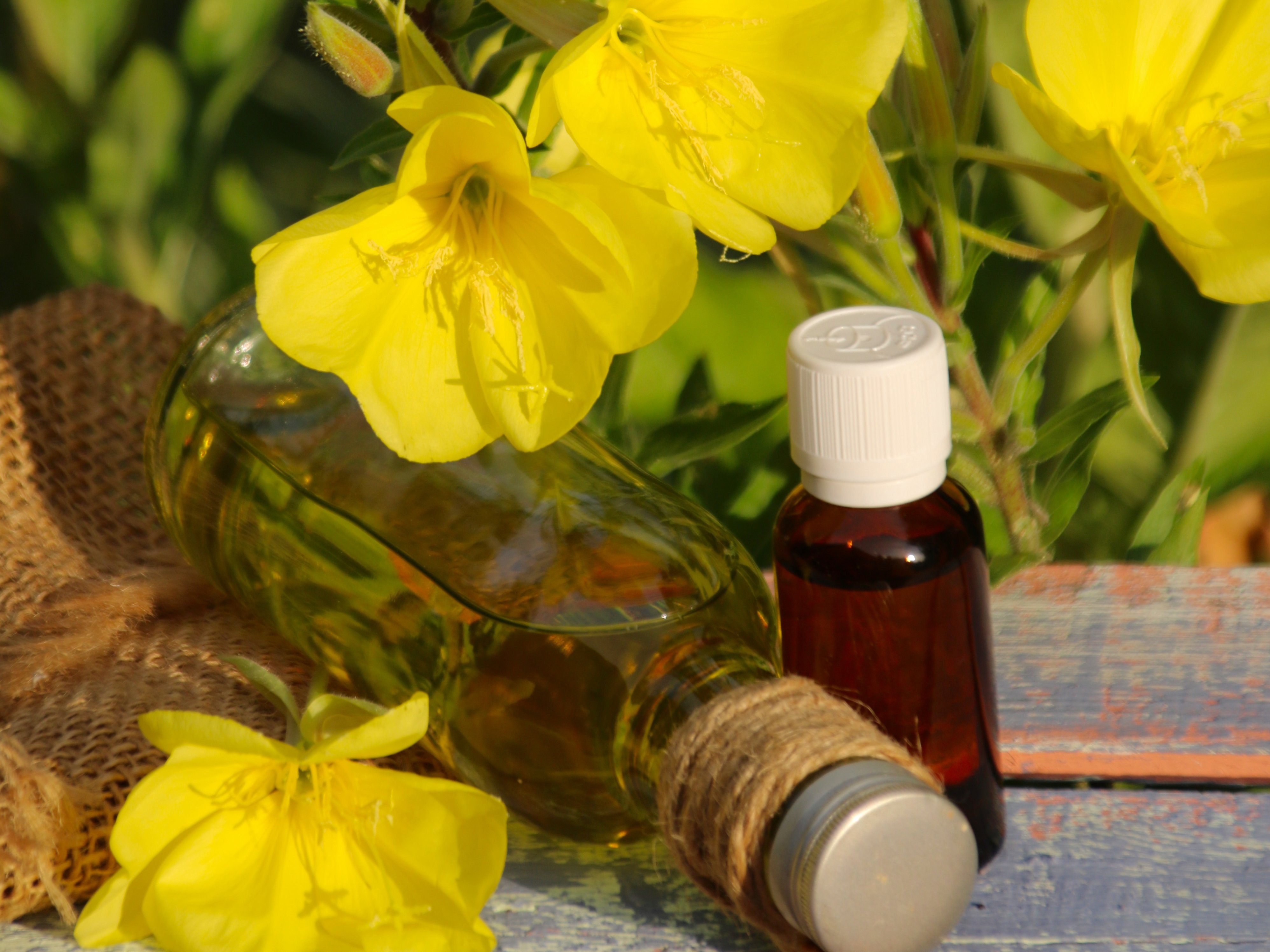
It soothes dry skin, fights acne and relieves menopausal symptoms: Evening primrose oil. The natural remedy is becoming increasingly popular in cosmetics and research - and rightly so. Read more about it here.
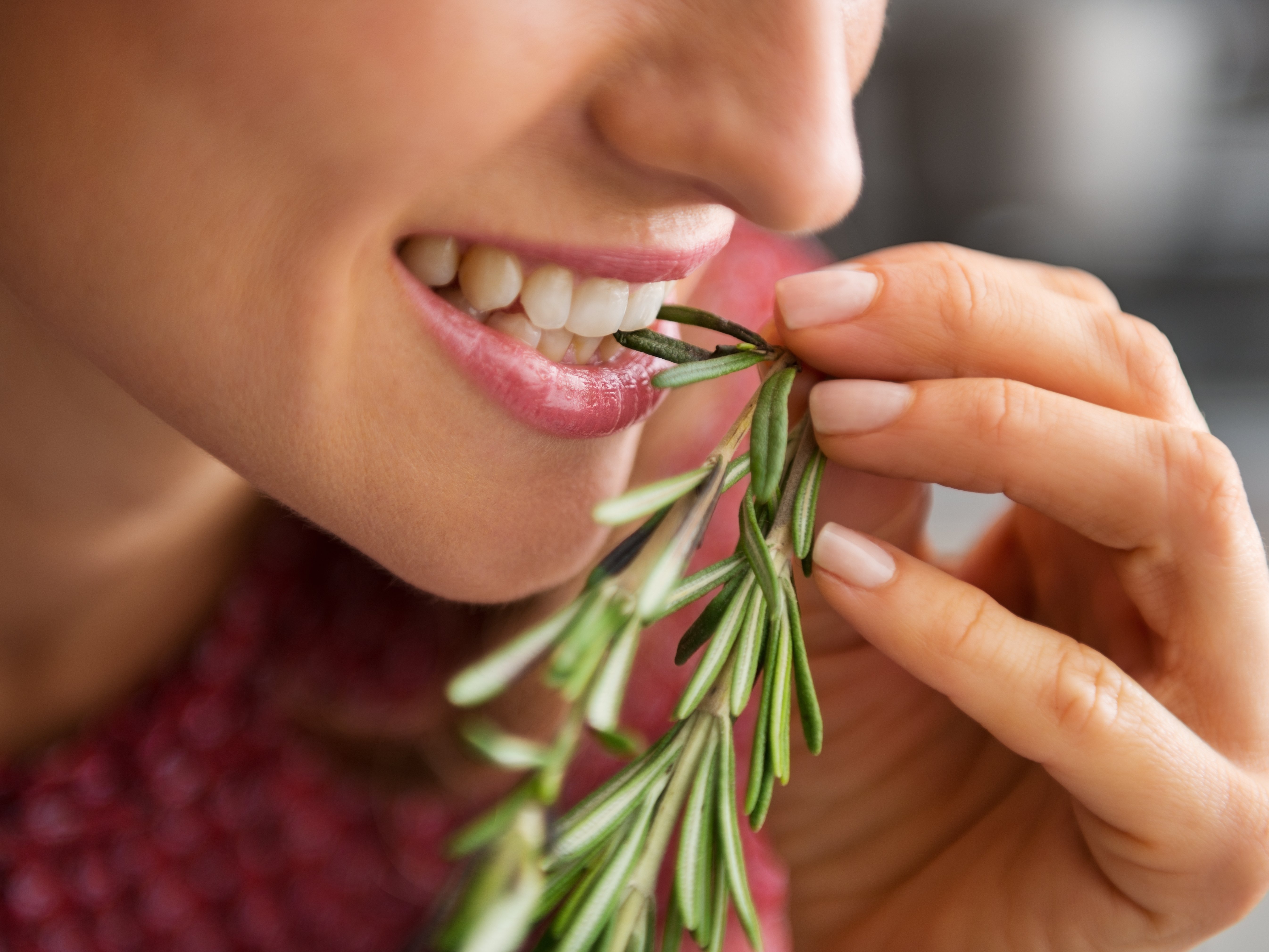
The evergreen semi-shrub rosemary (Rosmarinuns officinalis) belongs to the labiates family and is native mainly to the central and western Mediterranean region. It can grow up to two meters high and exudes an intense aromatic fragrance. Read more here.
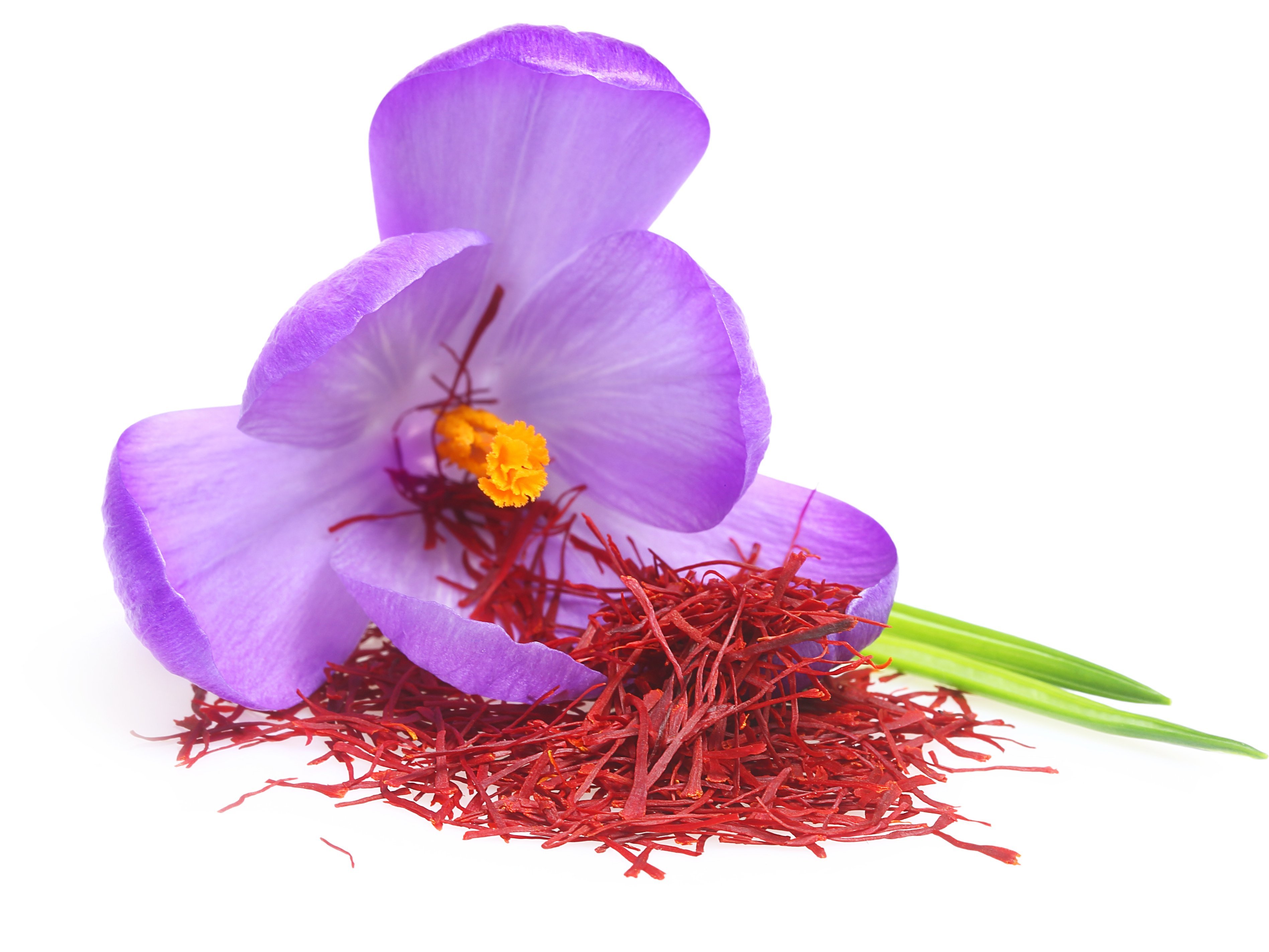
Saffron is known as the most expensive spice in our world. But in addition to good taste in risotto and many other delicious recipes, saffron has also been used early as a medicine. Read more here.
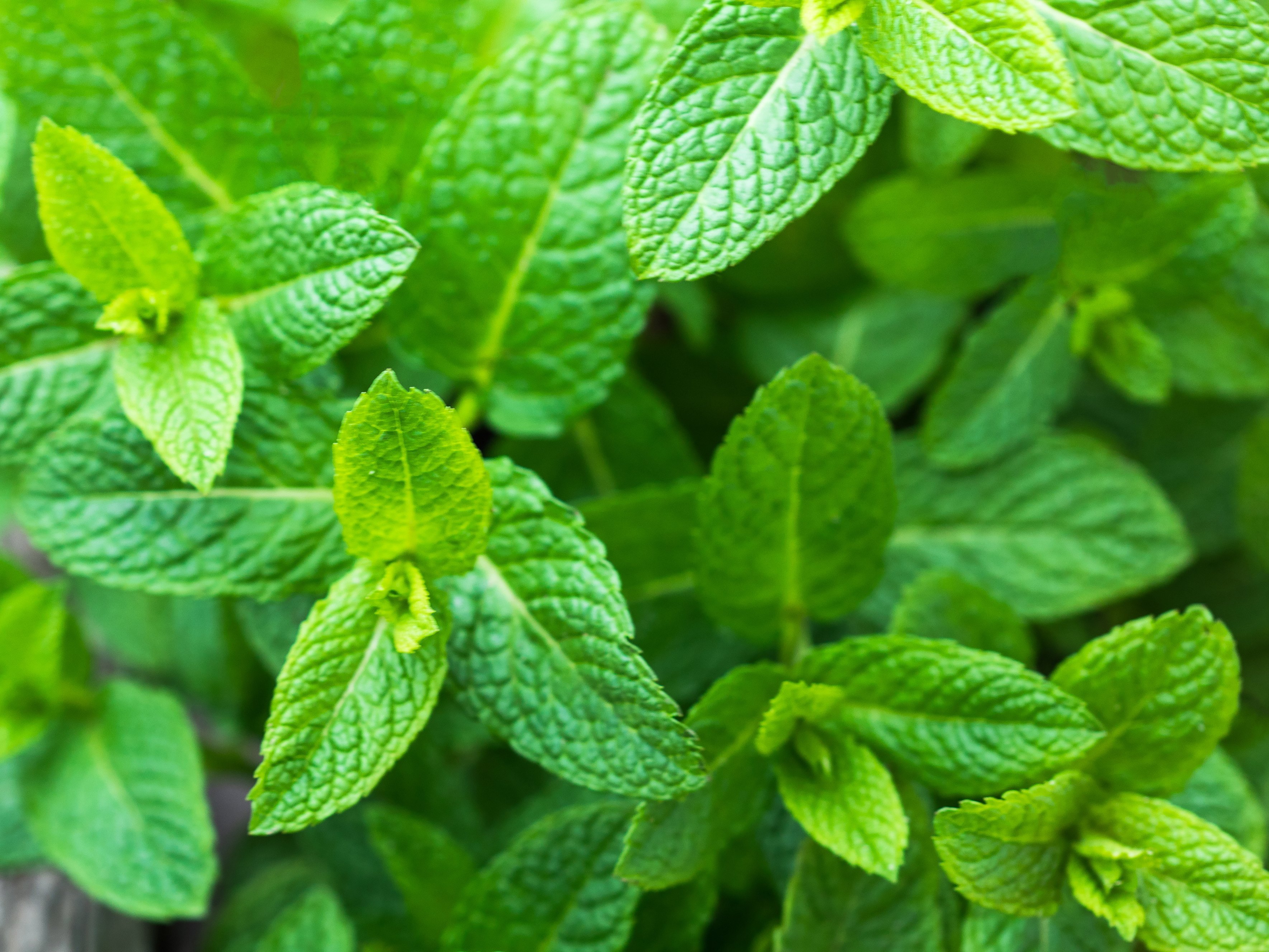
Lemon balm or lemon balm (Melissa officinalis) is a species of plant from the genus Melissa within the labiates family (Lamiaceae). It is native to the eastern Mediterranean region. The foliage leaves (Melissa folium) are used as a pharmaceutical drug. Read more here.
